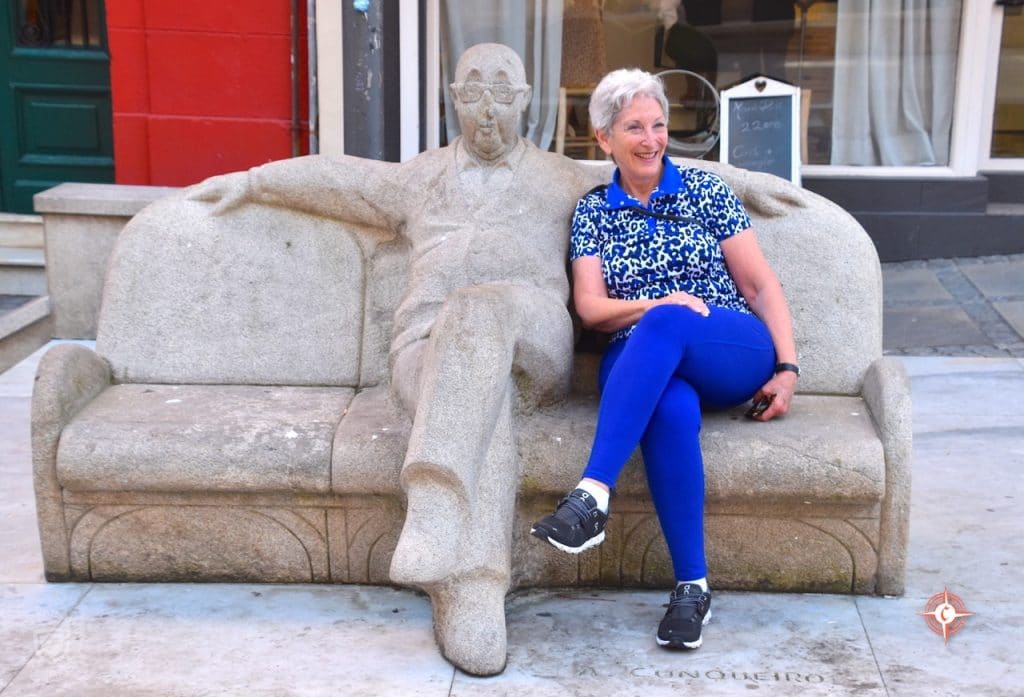
Lisbon is an inviting walking city. When the crowds on the main pedestrian mall become thick, escape up the hill to Largo do Carmo, the quiet west side of the old city of Lisbon. Take the freestanding 1890 era elevator for 2 Euro up the hill, or go behind the elevator and walk two blocks southward, up the slight slope, past the great indoor shopping mall, where the locals go. Turn right at the sign for the 1423 Church of Carmo, actually an archaeological site. In the 1755 earthquake, which devastated Lisbon, the church and convent were left a haunting skeleton of a structure. In recent years, the church section has been enclosed and the convent area is accessed through a door, where a small museum admission is charged. From the plaza outside the convent it is possible to look across the city to the Castle St. George, perched on the east hill of old Lisbon. A wonderful place to have a coffee and relax is the plaza do Carmo, surrounded by jacaranda trees, in bloom at the end of May. The surrounding area is full of shops and restaurants, where the locals go, above the heavily touristed lower city. Dwell like a local.
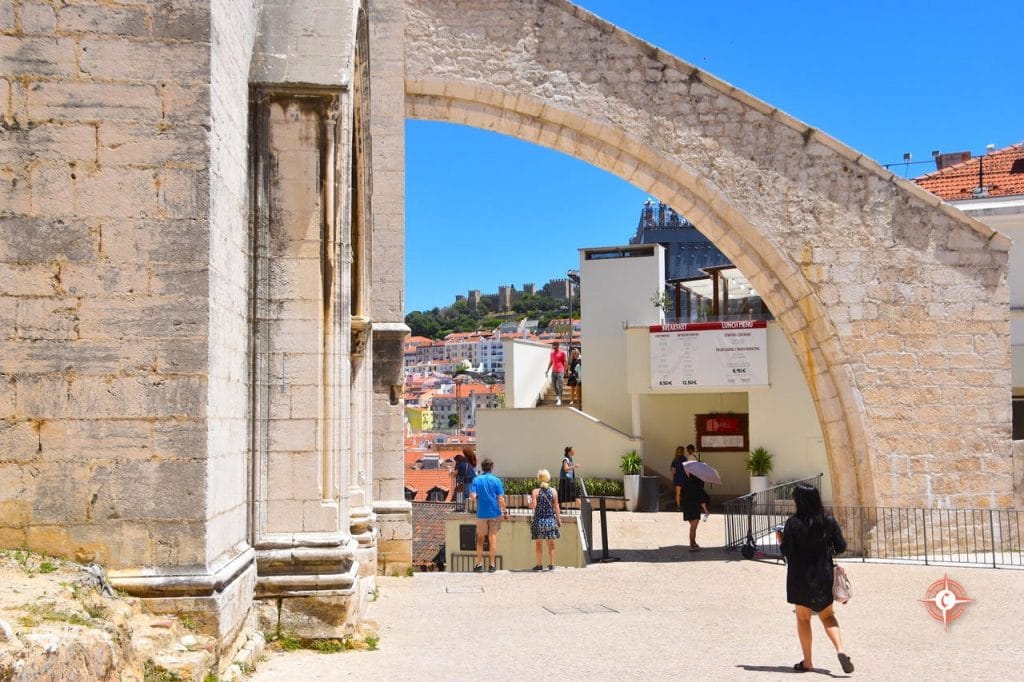
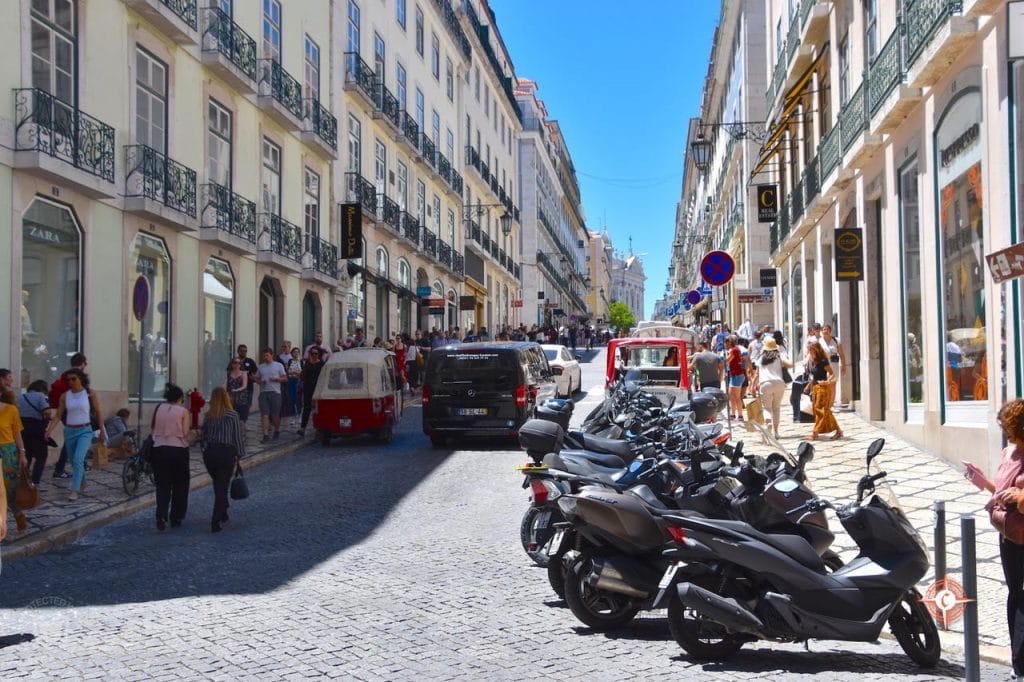
A Coruna, formerly La Coruna, has long been a harbor where cruise guests debark for Santiago de Compostela, The Way of Saint James. No longer content to be a service port, A Coruna changed its stature to an “A.” The city offers a comfortable walk through Spanish history as a point of final departure of the British during the war with France, known as the War of Spanish Succession. The Baroque City Hall sits on Maria Pita Square, a monument to the heroin of those battles. Britain and France no longer contest Spain. The monument to the Spanish Civil War sits near the harbor. A Corona is a city of windows. The historic buildings are now covered with ornate window extensions, which allow breezes to flow inside apartments. In front of the city market is Literary Square, where benches invite visitors to spend time with literary greats. Have a seat and be inspired.
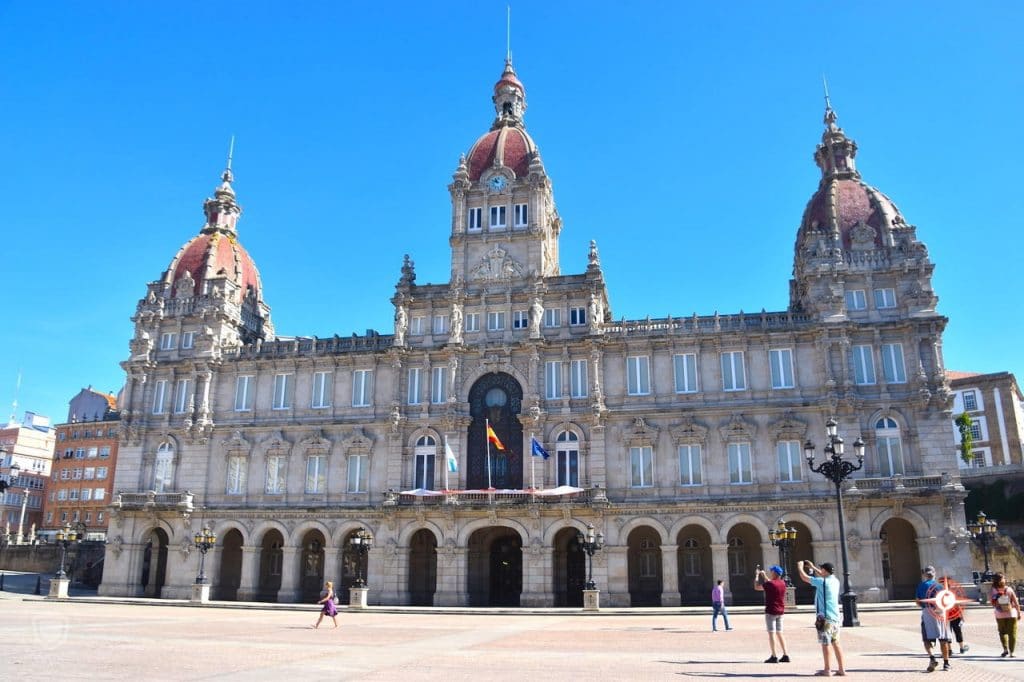
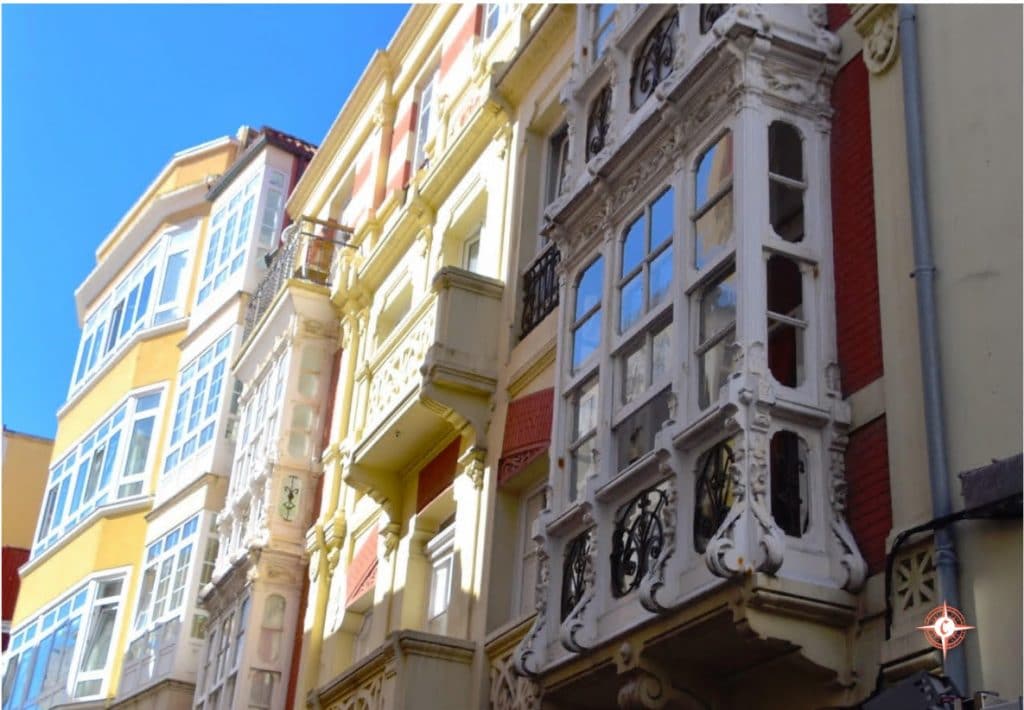
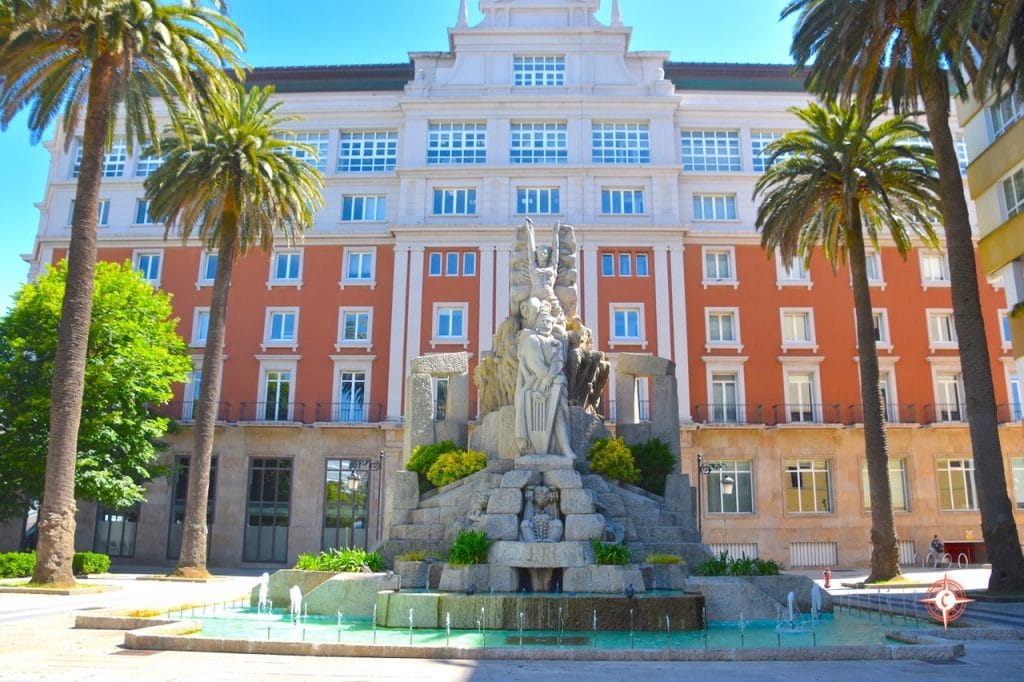
St. Emilion vintners hold secrets to making great wine deep in their cellars, where for thousands of years secrets have been kept by Romans, who brought the first vines, followed by a medieval hermit monk. The monk, who rose to ecclesiastical acclaim for miracles of turning bread into sticks, to avoid being accused of theft and baked bread without a bread paddle to appease his critics, came to the quiet site for peace and quiet. In his cave, in the soft volcanic soil of the town named for him, women unable to have children sought out the monk. The rumor was that sitting in the chair in his cave would magically induce pregnancy. Above the cave of St. Emilion today, or the place folk memory has recorded as his cave, there is a fourteenth century chapel. Inside the cave there is an eighteenth century chair, thought to be as effective as the earlier furniture of the reluctant hero, turned monk, now a town hero. Also below ground is a church and crypts, long ago emptied. Occasionally, a town resident will break through a forgotten cellar in the understory of the town, with so many secrets.
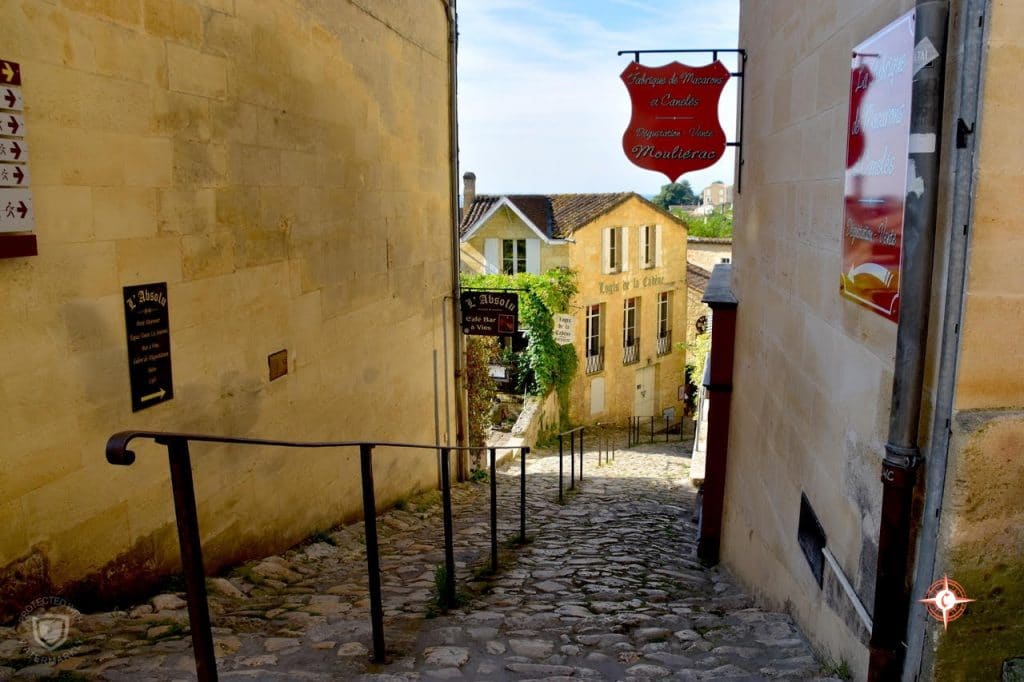
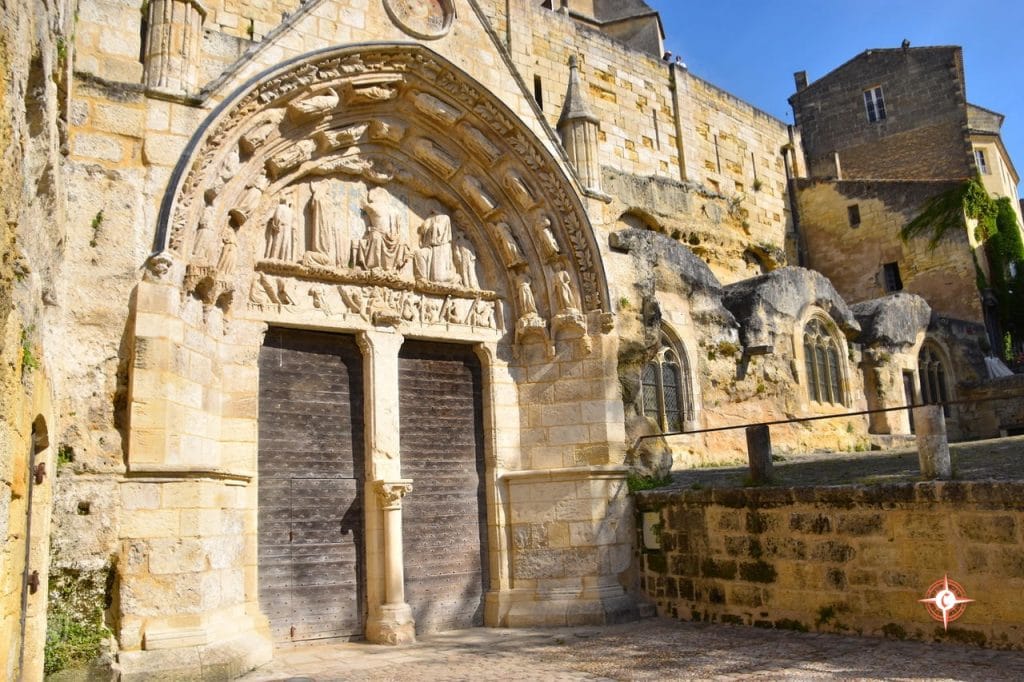
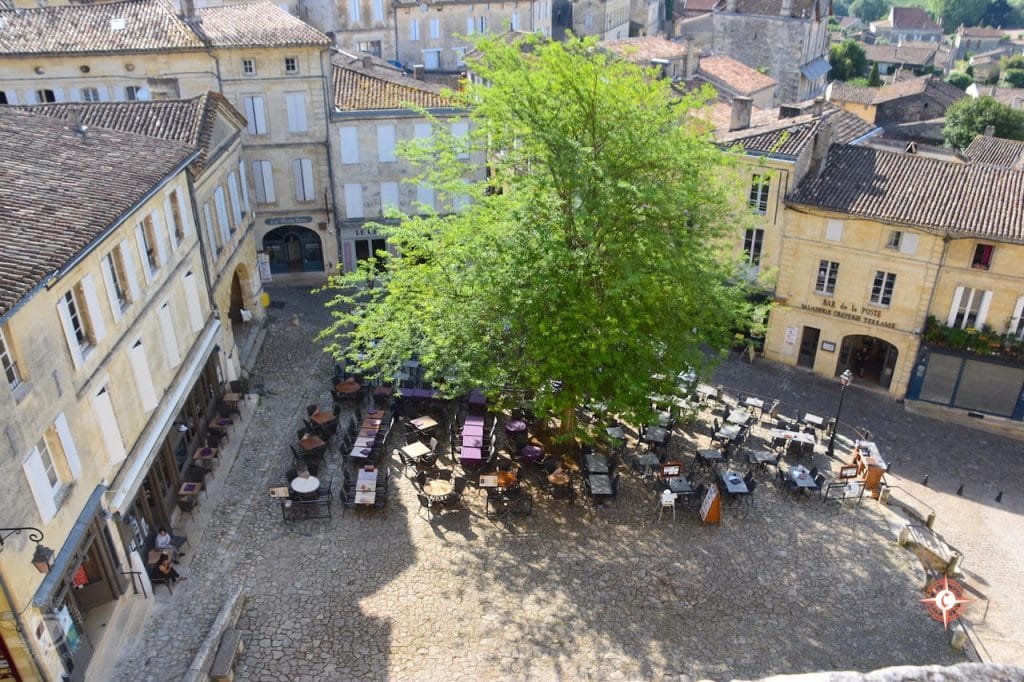
One of the prettiest and best preserved medieval city in northern France is Hornfleur, where on any sunny day the streets are filled on market day as they have been for hundreds of years. The harbor is the city center. Two wooden churches stand on either side of the small harbor. Lunch on local seafood and French wine at L’Homme de Bois behind the wooden church.
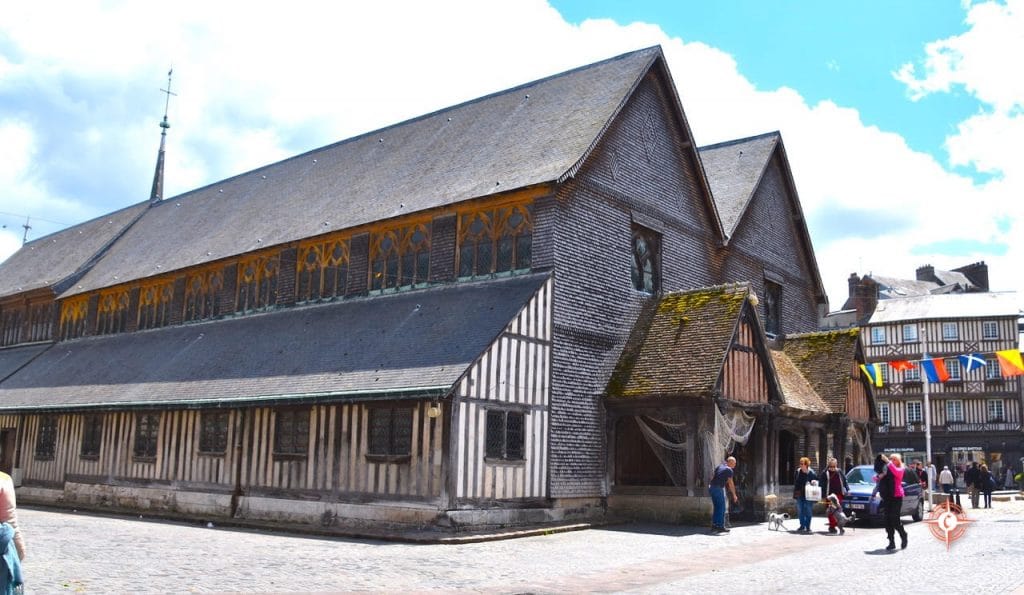
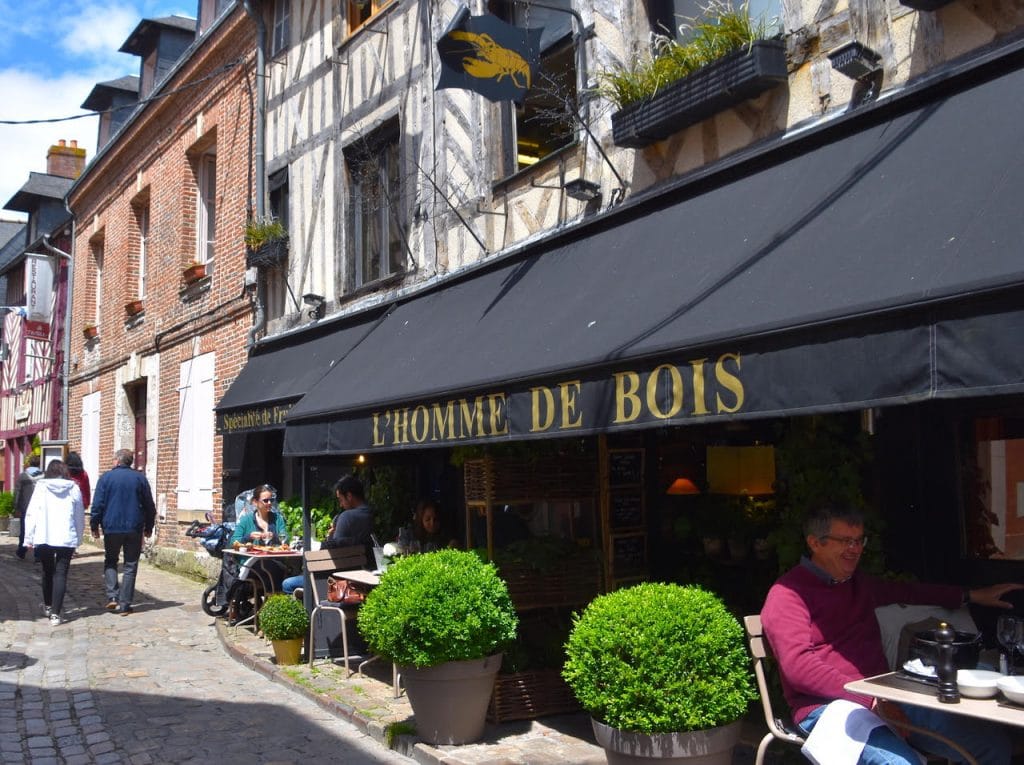
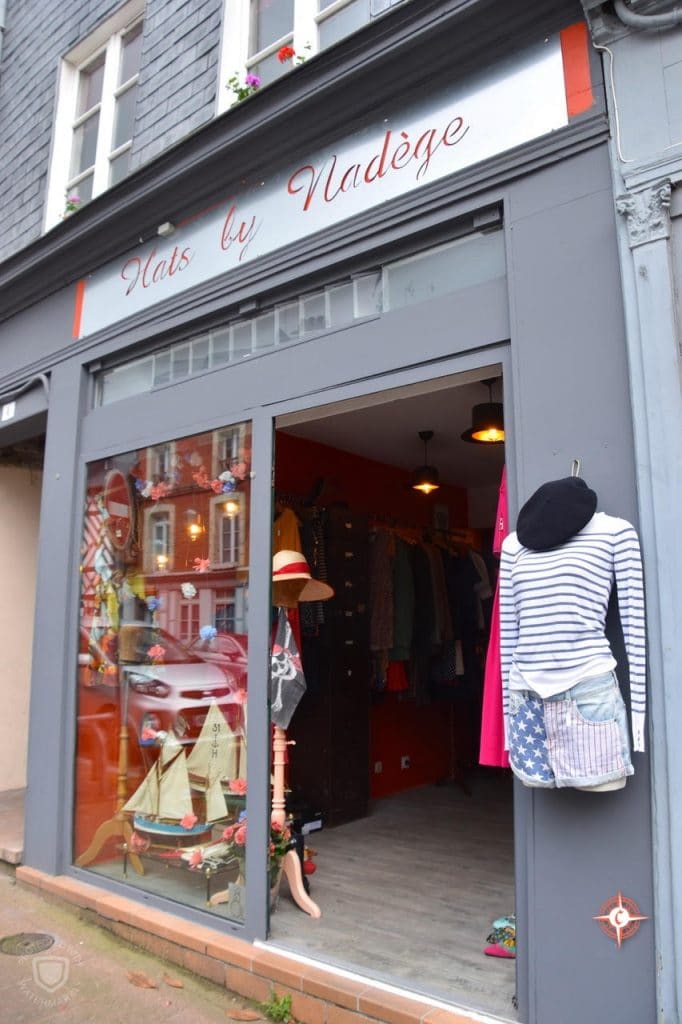
If you want to learn more about Sherry Hutt’s adventures check out one of her books on Amazon.com



